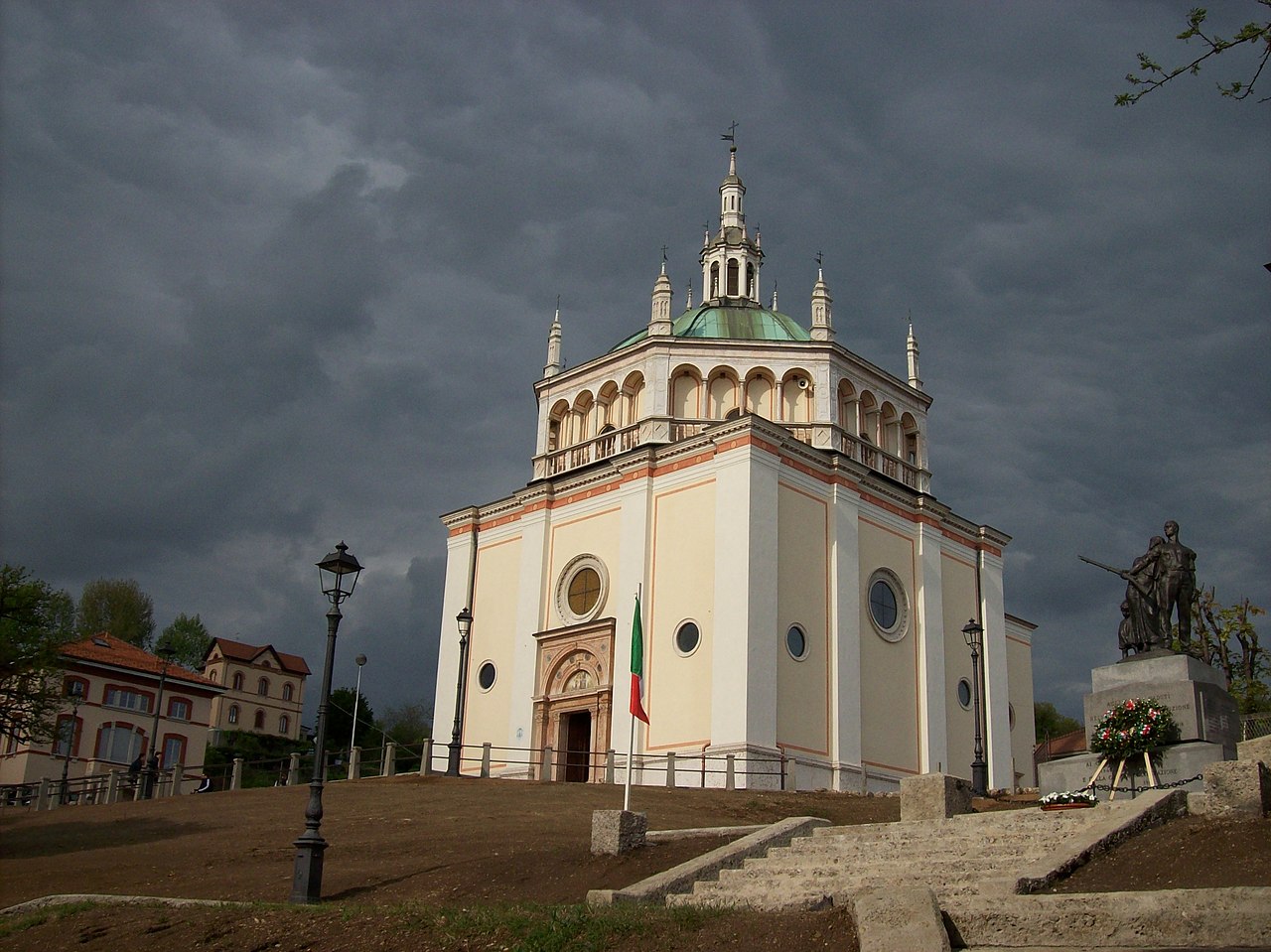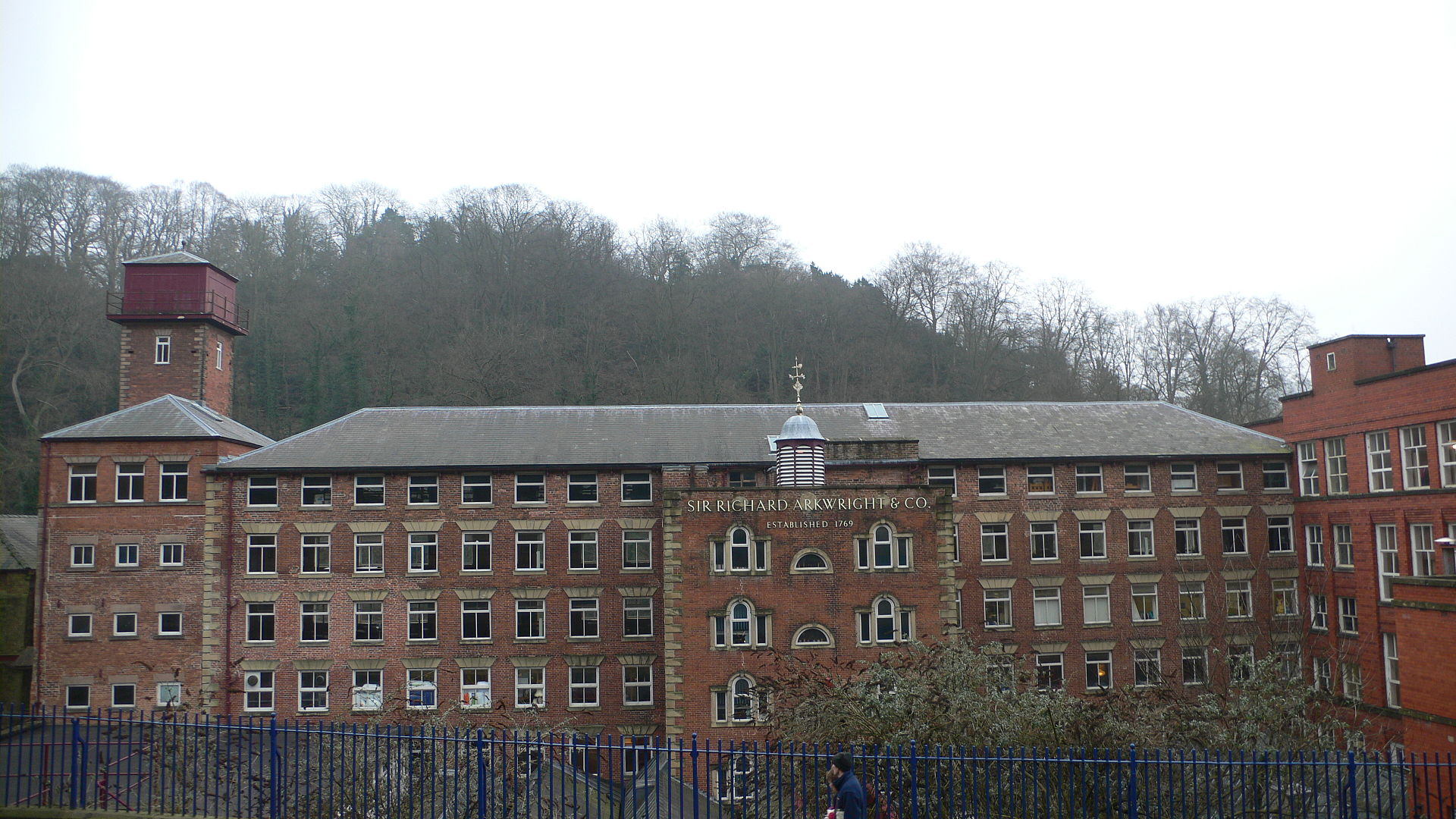Landschlacht, Switzerland, 17 December 2017
Soon I will attempt to go back to work.
I have spent the last two weeks suffering from an extremely durable and nasty viral infection, aka the Man Cold, but finally I believe my return back to work on Monday will be successful.
I have remained indoors, have plied my body with all the medicine – placebos or not – I could, and have slept as much as my body has allowed.
I tried working last Sunday and suffice to say I was unsuccessful at keeping what should remain inside the body from coming out.
More detail is neither necessary nor desireable.
I have missed working.
The contact with others, the employment of my days in an useful effort, the desire to achieve as much as possible not only to the benefit of an employer but as well proof that I can be worthy of a paycheque….
I sincerely doubt that I will be singing a chorus of “Thank God It´s Monday” anytime soon, but I was never meant to spend my days and nights lying in bed or sprawling on a couch for too long a period of time.
Though I am gifted with a partner who makes a significant income, I still want to feel that my contribution to the household collective is at least appreciated.
As regular readers (both of them) of my blog know, I am a man of two paid professions….
I am a freelance teacher and a part time Starbucks barista.

And though the former position lacks job security and the latter lacks a vast salary, I am quite content to do both these jobs to the best of my limited ability.
I am happy to have employment, for I am no longer as young as I once was and ageism is truly a problem in Switzerland, especially for those with limited skills or limited qualifications.

I have thought about perhaps investigating other lines of work outside of gastronomy and teaching.
I don´t have to spend eight hours a day washing dishes or stripping fruit off an orchard.
If sufficiently motivated I could make my own opportunities and go in business for myself.
If I could find within myself the initiative, the determination, the creativity needed and could identify a popular need and exploit it….
Well, who knows what I could accomplish?
Perhaps with my travelling experience and wanderlust I could learn what items can be bought cheaply in one country and be sold profitably in another.
(Kinder eggs, because of the surprise within could injure a child if swallowed, are forbidden in the US.)
Or I could go to a place where crowds gather and offer them something that they desire: beer on the beach, warm cocoa for the ski slopes, (real) eggs for a political protest!
I have often considered travel writing for money, but I confess I desire a bit more financial security in the marital bank account before boldly going where no one has gone before and writing about it.
I am a talented singer, a legend in my own mind, but busking requires a kind of foolhardy courage that I lack.
Working for others in business and industry, though it shall never make me rich (unless I work on Wall Street – slim chance of that) does offer a steady income while a contract lasts.
My friends in Australia, highly skilled and talented individuals, have considered working for a company town, a town that operates oil rigs or deep mines way off in some remote area of Oz.

Their idea is not novel and I have heard of towns owned and operated by just one industrial organization, like Fort McMurray in Alberta.
But it wasn´t until this past summer I finally encountered a company town….
Crespi d´Adda, Italy, 4 August 2017
English language guidebooks often fail us when we travel the world, so, when we can, we also travel with French and German language guidebooks that often show us places that the Anglos fail to mention.
Beate Giacovelli´s 111 Orte am Comer See die man gesehen haben muss (111 places everyone must see at the Lake of Como) mentions this town as an UNESCO site worth a detour.
Now UNESCO (the United Nations Educational, Scientific and Cultural Organization) is, at present, quite a controversial topic for Americans at present.
Based in Paris, UNESCO´s declared purpose is to contribute to peace and security by promoting international collaboration through educational, scientific and cultural reforms in order to increase universal respect for justice, the rule of law and human rights along with the fundamental freedom proclaimed in the United Nations Charter.

Above: The Garden of Peace, UNESCO Headquarters, Paris
UNESCO has 195 member states, which now no longer includes the United States.

Above: UNESCO member states (green)
UNESCO pursues its objectives through five major programs: education, natural sciences, social and human sciences, culture and the communication of information.
UNESCO´s aim is to contribute to the building of peace, the eradication of poverty, sustainable development and intercultural dialogue through education, the sciences, culture and communication.
The United States and its present Administration have a tendency to pass laws and apply – or not apply – these laws whenever it suits America´s political interests.

Laws passed in Congress in 1990 and 1994 state that the United States cannot contribute financially to any United Nations organization that accepts Palestine as a full member.
UNESCO hasn´t.
Palestine has observer status only.
As a result the United States, under the Trump Administration, accusing the UN of having a bias against Israel and a favouritism towards Palestine, has decided to withdraw from being a member of UNESCO.
Certainly the fact that the United States owes the United Nations over 250 million dollars has no little part to play in this decision.

The State Department has suggested that the United Nations should be reformed and politics kept out of UNESCO, condemning, for example, the acceptance of Hebron and Jericho as World Heritage Sites because they lie within Palestinian territories.

Above: Jericho
There are, at last count prior to 2017, 1,052 World Heritage Sites around the globe in 165 countries.
814 are cultural sites that have historical or anthropological value.
203 are natural sites that include habitats for threatened species.
35 are a mixture of both cultural and natural.
229 of UNESCO sites have been identified by the World Wildlife Federation as significant for their natural value.

114 of these are threatened by industrial development, such as illegal logging, mining and petroleum production.
55 of these are listed as being in critical danger, some of them due to military conflicts.
For example, all six of Syria´s World Heritage Sites have been damaged or destroyed in the ongoing Syrian Civil War and the concurrent struggle against ISIS.
Above: Flag of Syria
Making a place a World Heritage Site does bring attention and pressure to governments to protect the area, but this same publicity can also cause an upswing in tourism leading to further degradation of a location.
To be selected, a World Heritage Site must be an already classified landmark, unique in some respect as a geographically and historically identifiable place having special cultural or physical significance (such as an ancient ruin or historical structure, building, city, complex, desert, forest, island, lake, monument, mountain or wilderness area).
The Site may signify a remarkable accomplishment of humanity and serve as evidence of our intellectual history on the planet.
The Sites are intended for practical conservation for posterity, which otherwise would be subject to risk from human or animal trespassing, unmonitored/uncontrolled/unrestricted access or threat from local administrative negligence.
Sites are designated by UNESCO as protected zones.
The six cultural criteria to qualify as a World Heritage Site – each Site must meet at least one of the criteria – are:
- The site must represent a masterpiece of human creative genius and cultural significance.
- The site must exhibit an important interchange of human values, over a span of time, or within a cultural area of the world, on developments in architecture or technology, monumental arts, town planning, or landscape design.
- The site must bear a unique or at least exceptional testimony to a cultural tradition or to a civilization which is living or which has disappeared.
- The site must be an outstanding example of a type of building, architectural, or technological ensemble or landscape which illustrates a significant stage in human history.
- The site must be an outstanding example of a traditional human settlement, land use or sea use which is representative of a culture or human interaction with the environment.
- The site must be directly or tangibly associated with Events or living traditions, with ideas, with beliefs, or with artistic and literary works of outstanding universal significance.
The UNESCO designation as a World Heritage Site means that culturally sensitive sites are legally protected under the Geneva Convention which determines how war is to be conducted.
It is against the Geneva Convention to commit any acts of hostility directed against the historic monuments, works of art or places of worship which constitute the cultural heritage of peoples.
It is illegal to use these sites in support of a military effort.
It is against international law to make these sites the object of reprisals or revenge.
Of all the UNESCO member countries Italy has the most World Heritage Sites: 51.
Crespi d´Adda, in the municipality of Capriate San Gervasio, in Bergamo province, 30 kilometres directly south of Lecco, has been a UNESCO World Heritage Site since 1995.
Crespi d´Adda is an outstanding example of a 19th/early 20th century company town built in Europe and North America by enlightened industrialists to meet the workers´ needs.
Villagio Crespi, described as “an architectural jewel” and “the ideal worker´s town”, can be reached from the A4 Torino-Trieste motorway, taking the Capriate exit.
The nearest parking area, after the motorway bridge, is near the cemetery of Capriate San Gervasio.
Upon leaving your vehicle, get ready to take a step back in time.
The town is a pedestrians only zone.
Set your time machine to 1877, the year Crespi d´Adda was founded.
This excellent example of a company town is nearly intact, as though it has always been preserved under glass inside a museum.
Cristoforo Crespi, a textile entrepreneur from Busto Arsizio with a brilliant vision and a strong will, founded this village.

Above: Bust of Cristoforo Crespi (1833 – 1920), Crespi d´Adda
After several years of searching without success, Crespi found this desolate and untamed area near the Adda River and decided to build his cotton mill here.

Above: The cotton mill, Crespi d´Adda
The Adda provided the water necessary to produce energy for the plant and the nearby towns provided an abundant labour force.
In 1877 the creation of the town began.
The river was diverted, a turbine plant constructed, a spinning department built, 5,000 spindles installed, residences for the workers built, and important services (cafeteria, cemetery, clinic, hotel, school, shops and theatre) provided.

Above: Village school, Crespi d´Adda

Above: The church of Crespi d´Adda

Above: The Cooperativa di Consumo store, Crespi d´Adda
The village of Crespi d´Adda was the first village in Italy to have modern public lighting.
Production in the factory began on 25 July 1878.
The factory quickly expanded and in 1886 the first workers´ houses were built.
In 1889, Cristoforo Crespi´s son Silvio became manager of the cotton mill.
With the support of renowned architects and engineers, Silvio designed the village according to a symmetrical layout, creating different zones dedicated to production, family life and community life.
Crespi d´Adda in its day represented new trends in social thinking and scientific advancement.
Silvio rejected the idea of large multiple occupancy blocks in favour of single family homes, each with its own garden.

Above: A factory worker´s house with garden
Silvio saw gardens as conducive to harmony and a defence against industrial strife.
His policy worked.
In the fifty years of Crespi management there was no strike or any other form of social disorder within the village.
The workers´ houses are lined up along parallel roads to the east of the factory.
A tree-lined avenue separates the production zone from the houses, overlooking a chessboard road plan.
The village´s fortunes depended entirely on the factory.
The worker´s lives were inextricably bound to the Crespi family who provided services and assistance.
Therefore, right from the start, the organization was rigid, both inside and outside the factory.
With various peaks and valleys, the village continued to thrive until the end of the 1920s, but political changes (the rise of fascism), new industry trends and the Great Economic Crash of 1929 brought the Crespi family to the verge of collapse.
In the 1930s, in the midst of the Great Depression, the Crespi family sold the village.
Other managers took over while other changes and opportunities altered the social and economic fabric of the village.
In 2003 the factory closed.
No more smoke emerges from the tall chimney stack that dominates the town.

Today the village is inhabited by a community descended from the original 3,200 workers.
Here the visitor can wander the streets of Crespi d´Adda and see the residential houses, the management villa-castle, the doctor´s house and the priest´s house, the church and the washhouse, the recreational club and the hotel, the school and the hospital, the public bath and the cemetery.

Above: Crespi Castle, Crespi d´Adda

Above: The wash house, Crespi d´Adda
Crespi d´Adda is open during the work week from 0900 to 1230 and on the weekend from 1000 to 1230 during the months of July and August.
Multilingual tours are available if prebooked before arriving on site.
Crespi d´Adda, a model village, a self-contained community, a company town, is not unique in Europe.
The concept of a model village was first developed in England, where at least 29 villages of a similar design once existed.
Six could be found in Ireland, one in Scotland and two in Wales.
On the Continent, the Stadt des KdF-Wagens near Wolfsburg was built for the Volkswagen factory.

Spain has the model town of Nuevo Baztan outside of Madrid.
Faraway New Zealand´s South Island has Barrhill.
Americans certainly will recognize the idea of company towns for it possesses one of the world´s oldest: Summit Hill, Pennsylvania, built and operated by the Lehigh Coal and Navigation Company (1818 – 1964).
Above: West Hazard Street, Summit Hill, Pennsylvania
Traditional settings for company towns have often been where extractive industries such as coal, metal mines and lumber had established a monopoly.
In the former Soviet Union there were several cities (atomgrads) of nuclear scientists (atomicals), particularly in the Ukraine.

Above: Former Soviet atomgrad Krasnokamianka, Ukraine
Catalonia has a high density of company towns, known locally as industrial colonies.
These one hundred industrial colonies are small towns created around a factory, built in a rural area and therefore separate from any other population.
Each colony typically houses between 100 and 500 inhabitants.
At their peak there were over 2,500 company towns in the United States, housing 3% of the American population.
The French city of Le Creusot, the German cities of Ludwigshafen, Wolfsburg and Leverkusen and the Japanese city of Kitakyushu are all company towns.
Similar to Crespi d´Adda, Derwent Valley Mills in Derbyshire, England, is also a UNESCO World Heritage Site.

Above: Arkwright Masson Mills, Derwent Valley, Derbyshire, England
The wife and I wandered the streets of Crespi d´Adda by ourselves.
No one on the roads, no visitors at the visitors centre, the restaurant´s only guests doubled by our arrival.
The buildings were locked, the locals away working in other towns and cities.
No babies cried, no children played in the streets, no animals crossed our path, no birds sang.
It was eerie, almost spooky, as if we were participating in some nightmarish scenario from the Twilight Zone TV series.

The town was empty and silent.
No one moved in it.
No lights on in the houses, no phones rang, no doors opened.
Beds empty and cold, no water running, only the barely perceptible hum of electricity in wires above our heads.
The cemetery was only different from the village in that the resulting silence was explainable by the lack of the living.

Above: Cemetery of Crespi d´Adda
A town where residents remained from cradle to grave now lies barren and bare, devoid of delight, empty of enthusiasm, yet not collapsing from neglect.
No houses are in need of repair, no weeds grow in sidewalk cracks, all is aligned as perfect as a picture.
It was a Friday, a workday.
Does the village resurrect itself on the weekend?
Do the residents hide themselves during visiting times only coming out when everyone else has left?
I am not sure.
We arrived when the village officially opened for the day and left when it closed.
The day was hot and humid.
I am reminded of the band America´s song “A Horse with No Name”:

On the first part of the journey
I was looking at all the life
There were plants and birds and rocks and things
There was sand and hills and rings
The first thing I met was a fly with a buzz
And the sky with no clouds
The heat was hot and the ground was dry
But the air was full of sound…..
After nine days I let the horse run free
‘Cause the desert had turned to sea
There were plants and birds and rocks and things
There was sand and hills and rings
The ocean is a desert with its life underground
And a perfect disguise above
Under the cities lies a heart made of ground
But the humans will give no love
And that was what Crespi d´Adda seems to have lost: a sense of love.
The visitor is a spectre, a ghost, a mere footfall.
Crespi d´Adda is well preserved.
Its impact is its silence.
I wonder if Crespi d´Adda will ever go back to work.

Sources: Wikipedia / Beate Giacovelli, 111 Orte am Comer See die man gesehen haben muss / www.crespidaddaunesco.org










